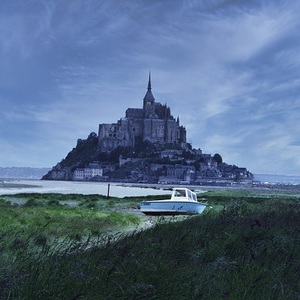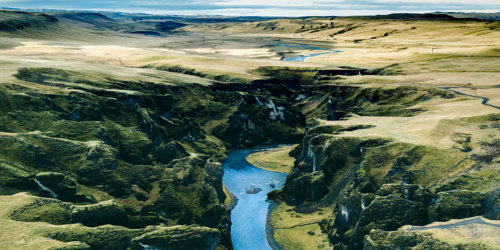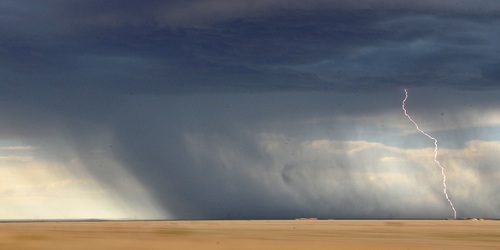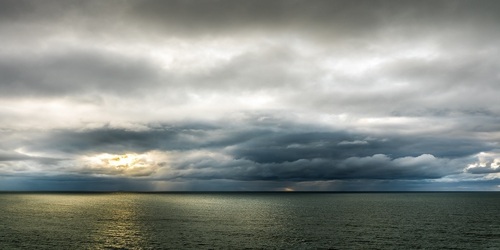

Anyone who lives in a coastal region knows the importance of being cognizant of when high and low tide occurs. Whether navigating a ship to port or planning to enjoy a day at the beach, tides are important to everyday life. Folks that live on tidal islands see the biggest impact as they are actually cut off from land during high tides. This is the case for an island off the coast of England called St. Michael’s Mount in Cornwall. The high tides actually flood the causeway that serves as the connection to the mainland. Luckily, the island is home to an impressive medieval castle that can keep your attention while waiting for low tide. Although tides can seem a bit mysterious, they are as predictable as the rising and setting of the sun. Let’s dig into the forces that govern them.
Our understanding of the tides goes back to the 17th century thanks to Sir Isaac Newton. This is largely due to his theory of gravitation that stated that the force of gravity between two bodies is proportional to their combined masses and the distance between their centers. This law explained how the gravitational attraction between the Earth and the Moon acts to create the tides. This theory focused on how the gravitational pull between two bodies becomes stronger as the distance between them decreases. As the Moon orbits the Earth, its gravitational pull becomes strongest on the side it is closest to and weakest on the opposing side. This causes the oceans to "bow outwards" on the side closest to the Moon. When the ocean bows outward, the coastal regions on that side of the globe experience a rise in sea level (the second figure on the right illustrates this effect).
Most coastal regions also see a second, less impressive high tide. This second high tide is a little harder to understand. To grasp what causes the second high tide, split up the gravitational pull on the Earth and its oceans into three parts: the section of the ocean closest to the Moon, the center of the Earth, and the section of the ocean farthest from the Moon. The gravitational pull of the Moon is strongest on the ocean closest to it, weaker on the center of the Earth, and weakest on the ocean farthest from the Moon. This disparity pulls the Earth and the nearest ocean more than the section of ocean that is farthest away. The distant section of the ocean is basically "left behind" due to the lack of pull it receives from the Moon. The result is a second "bulge" opposite the Moon (a great demonstration of how it all works can be viewed here).
If the Sun were closer to Earth, it would have a much greater impact on the tides, due to its far superior size compared to the Moon. Since the Sun is 390 times further away from the Earth than the Moon, it can only have an "additive" effect when it comes to the tides. When the Earth, Moon, and Sun are aligned (as is the case during a full or new moon cycle) the high tides will be "higher" and the low tides "lower." This enhanced tidal cycle is called a spring tide (diagram on the bottom right). When the Sun and Moon are at right angles to one another, a weaker tidal cycle known as a neap tide occurs.
If you are wondering what region on Earth sees the most impressive tidal cycle, look no further than the Bay of Fundy in Nova Scotia. A high tide here can mean a 50 foot rise in sea level!
For a helpful illustration on how tides work, click here.





